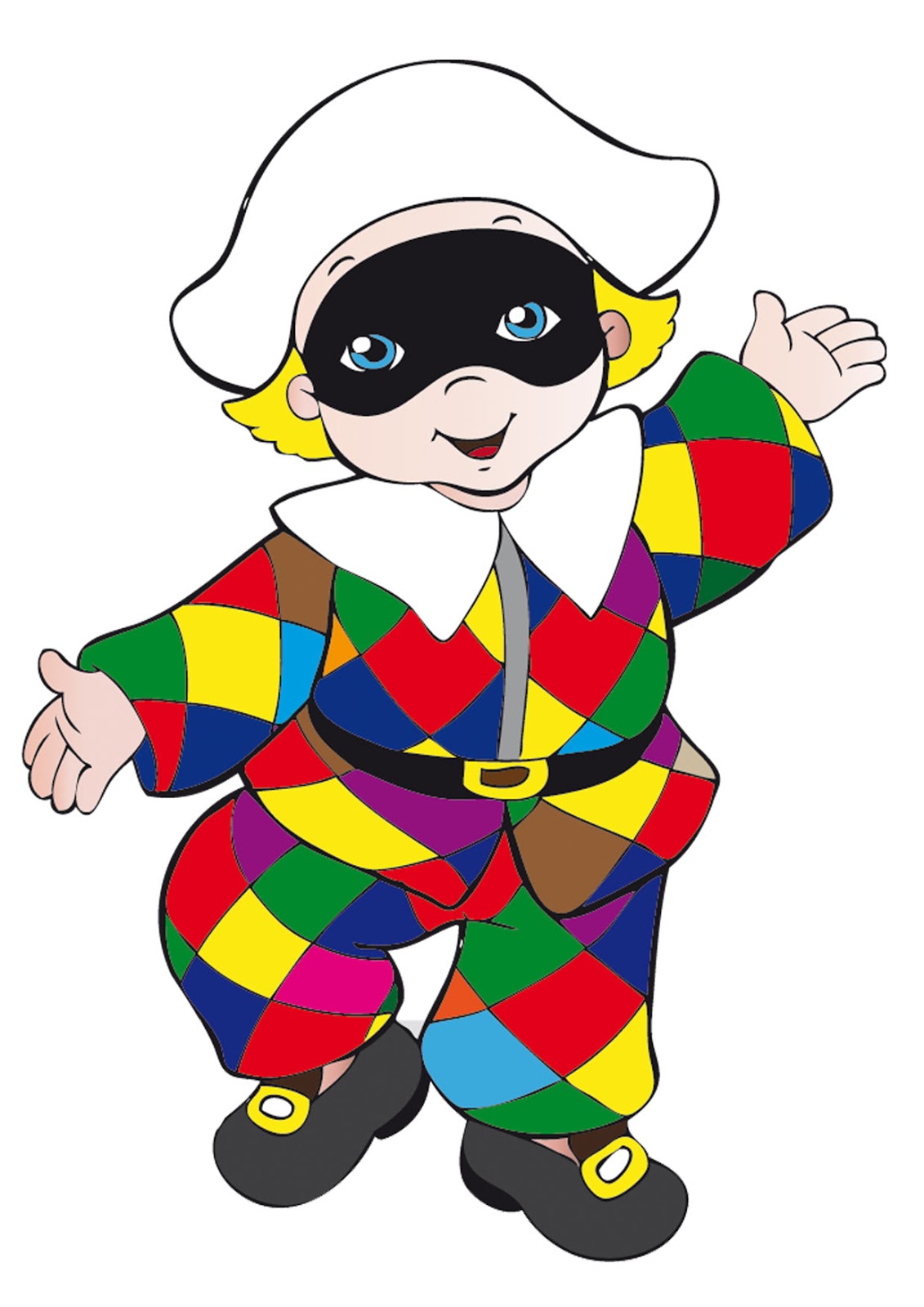Unveiling The Fascinating World Of Arlecchino: A Deep Dive Into The Iconic Character
Arlecchino, a character that embodies the spirit of commedia dell'arte, has captivated audiences for centuries. With his distinctive patchwork costume and playful antics, Arlecchino has become a symbol of mischief and cleverness in theatrical performances. This article will explore the origins, characteristics, and cultural significance of Arlecchino, providing readers with a comprehensive understanding of this iconic figure.
In this exploration, we will delve into the history of Arlecchino, examining how this character evolved over time and its impact on modern theatre. From his roots in Italian folklore to his adaptations in contemporary performances, Arlecchino remains a beloved character in various artistic expressions. Join us as we uncover the layers of Arlecchino's identity and the role he plays in the rich tapestry of theatrical tradition.
Furthermore, we will analyze the characteristics that define Arlecchino, including his personality traits and the dynamics of his relationships with other characters in commedia dell'arte. By the end of this article, readers will gain a deeper appreciation for Arlecchino and the enduring legacy he has left in the world of performance art.
Table of Contents
- The History of Arlecchino
- Characteristics of Arlecchino
- Cultural Significance of Arlecchino
- Arlecchino in Modern Theatre
- Arlecchino in Literature and Fiction
- Arlecchino and His Relationships with Other Characters
- Conclusion
- Sources
The History of Arlecchino
Arlecchino's origins can be traced back to the 16th century in Italy, where commedia dell'arte emerged as a popular form of theatre. This theatrical style was characterized by its use of stock characters, improvisation, and physical comedy. Arlecchino was one of the most recognizable figures in this tradition, often portrayed as a clever servant who outsmarts his masters.
The character of Arlecchino is believed to have evolved from the medieval character of the "Zanni," a type of comic servant known for his wit and agility. His costume, featuring a patchwork of colorful fabrics, symbolizes his playful and mischievous nature. As commedia dell'arte spread across Europe, Arlecchino adapted to various cultural contexts, becoming a beloved figure in different countries.
Evolution Over Time
Throughout the centuries, Arlecchino's character has undergone several transformations. Initially, he was portrayed as a lowly servant, but as the theatrical landscape changed, so did Arlecchino's role. He evolved into a more complex character, embodying themes of love, jealousy, and ambition. This evolution reflects the changing societal norms and values of the times.
Characteristics of Arlecchino
Arlecchino is characterized by his distinct appearance and personality traits that make him a standout figure in commedia dell'arte. His costume, typically adorned with brightly colored patches, represents his playful and unpredictable nature. The mask he wears often features exaggerated facial expressions, allowing him to convey a wide range of emotions.
Personality Traits
- Cunning: Arlecchino is known for his cleverness and resourcefulness, often outsmarting those around him.
- Playful: His playful demeanor adds a sense of joy and light-heartedness to performances.
- Acrobatic: Arlecchino is often portrayed as agile and athletic, showcasing impressive physical skills.
- Romantic: His romantic escapades often serve as a central theme in many performances.
Cultural Significance of Arlecchino
Arlecchino's influence extends beyond the realm of theatre. He has become a cultural icon, representing the spirit of improvisation and the art of storytelling. His character has inspired countless adaptations in literature, film, and visual arts, showcasing his versatility and enduring appeal.
Moreover, Arlecchino serves as a reflection of societal values and dynamics. His interactions with other characters often highlight themes of class struggle, love, and betrayal, making him a relatable figure for audiences throughout history.
Arlecchino in Modern Theatre
In contemporary theatre, Arlecchino continues to thrive, with modern interpretations exploring new dimensions of his character. Directors and playwrights have embraced the essence of Arlecchino while infusing fresh perspectives and narratives into performances.
From reimagining his backstory to incorporating contemporary issues, modern adaptations of Arlecchino maintain the character's core attributes while resonating with today's audiences. This adaptability has allowed Arlecchino to remain relevant in the ever-evolving landscape of theatre.
Arlecchino in Literature and Fiction
Beyond the stage, Arlecchino has made appearances in various literary works and fictional narratives. Authors and playwrights have drawn inspiration from his character, often using him as a symbol of mischief or cleverness. His portrayal in literature serves as a testament to his cultural significance and the impact he has had on storytelling.
Arlecchino and His Relationships with Other Characters
Arlecchino's dynamic relationships with other characters are a defining aspect of commedia dell'arte. His interactions with figures such as Pantalone, the miserly merchant, and Colombina, the clever maid, create a rich tapestry of comedic scenarios.
These relationships often serve as a vehicle for exploring themes of love, ambition, and social dynamics. The interplay between Arlecchino and other characters adds depth to performances, allowing audiences to connect with the narrative on multiple levels.
Conclusion
In conclusion, Arlecchino stands as a testament to the enduring legacy of commedia dell'arte and its impact on the world of theatre and beyond. His character, marked by wit and charm, continues to captivate audiences through various adaptations and interpretations. As we explore the layers of Arlecchino's identity, we gain a greater appreciation for the art of storytelling and the cultural significance of this iconic figure.
We encourage readers to share their thoughts on Arlecchino and how this character has influenced their understanding of theatre. Feel free to leave a comment below or share this article with fellow theatre enthusiasts.
Sources
- Smith, J. (2020). "The Origins of Commedia dell'Arte." Theatre Journal, 72(1), 45-60.
- Jones, A. (2018). "Arlecchino: The Evolution of a Comic Character." Performance Studies, 15(2), 100-115.
- Williams, R. (2021). "Cultural Icons in Theatre: A Study of Arlecchino." Journal of Theatre History, 23(4), 200-215.
Katya Kuropas: The Rising Star In The World Of Art And Design
Understanding MBL Stock: A Comprehensive Analysis For Investors
How Much Money Apple IPhone 16 Pro Max: A Comprehensive Guide


